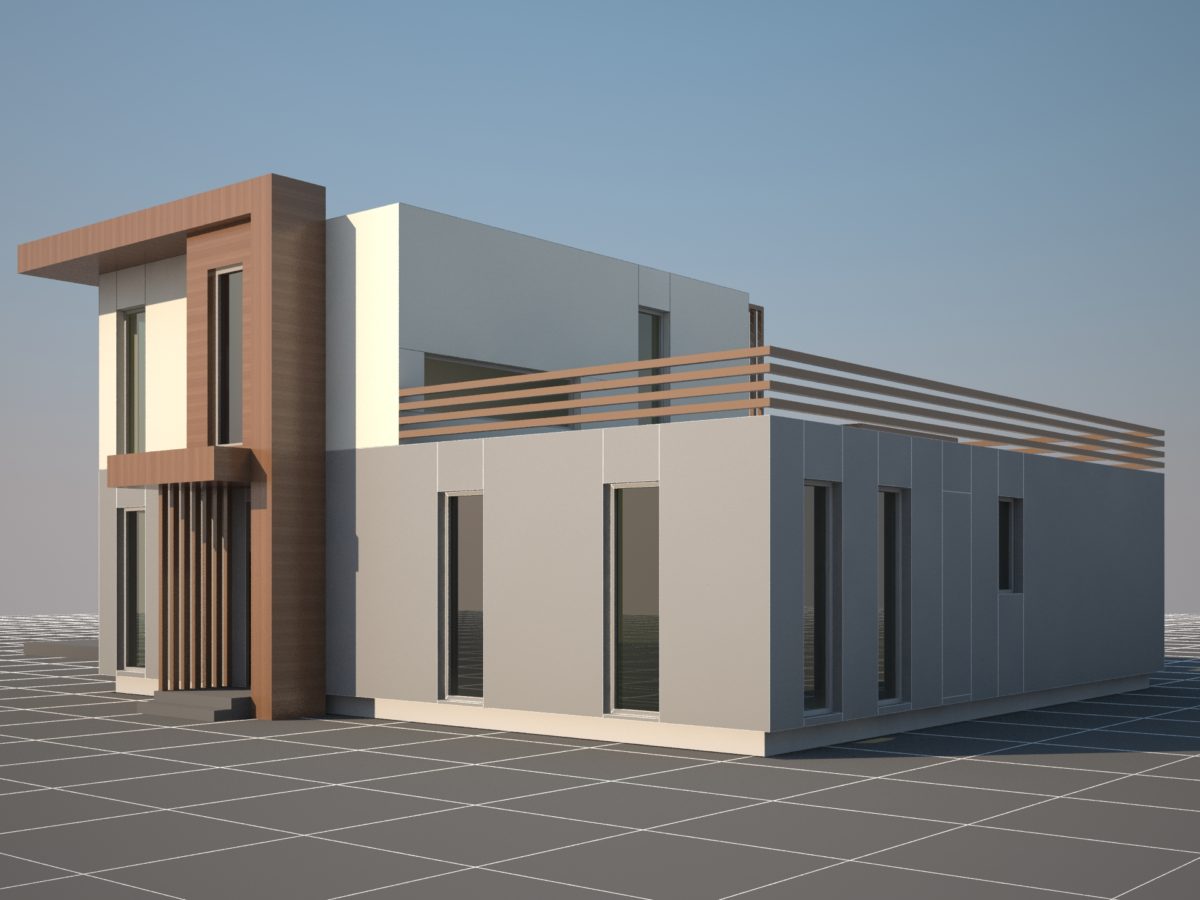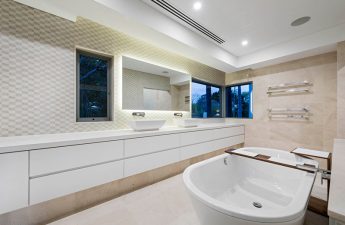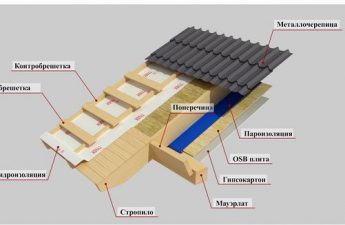When building your own home, one of thecornerstones is heating. You want to make it high-quality and durable right away, so that you don’t have to redo it later. Our huge material will discuss how to start designing, choosing installers and installing a heating system, using a real house as an example. The information in this article will be useful to anyone who has yet to meet with designers, installers and engineers. It will help you avoid mistakes, save time and money, and also give you a clear understanding of how to organize heating in your own home. We specifically took a real project and attracted the specialists responsible for it. One of the professionals is Alexey Markovets, head of the service development project at Hogarth. We strongly advise you to arm yourself with at least basic knowledge on this issue, otherwise financial losses are almost inevitable. Because organizing heating is a large-scale process that includes a lot of nuances and features. Before proceeding directly to the installation of systems, you need a project, no matter how trite it may sound. Moreover, this does not depend on the complexity of the house structure and the professionalism of the installer. Step 1.Project What is it for? A project is a paper model of what will be built. It is the easiest way to work out various shortcomings and errors so that they do not have to be redone at the site by the builders in the future. At the design stage, you can always see what devices and where you plan to install them, as well as eliminate or minimize the risks that will arise at the construction site in connection with the finishing or reworking of any units. In addition, the project is a platform for the user's fantasies, which can be realized by the hands of the designer.
Step 1.Project What is it for? A project is a paper model of what will be built. It is the easiest way to work out various shortcomings and errors so that they do not have to be redone at the site by the builders in the future. At the design stage, you can always see what devices and where you plan to install them, as well as eliminate or minimize the risks that will arise at the construction site in connection with the finishing or reworking of any units. In addition, the project is a platform for the user's fantasies, which can be realized by the hands of the designer.
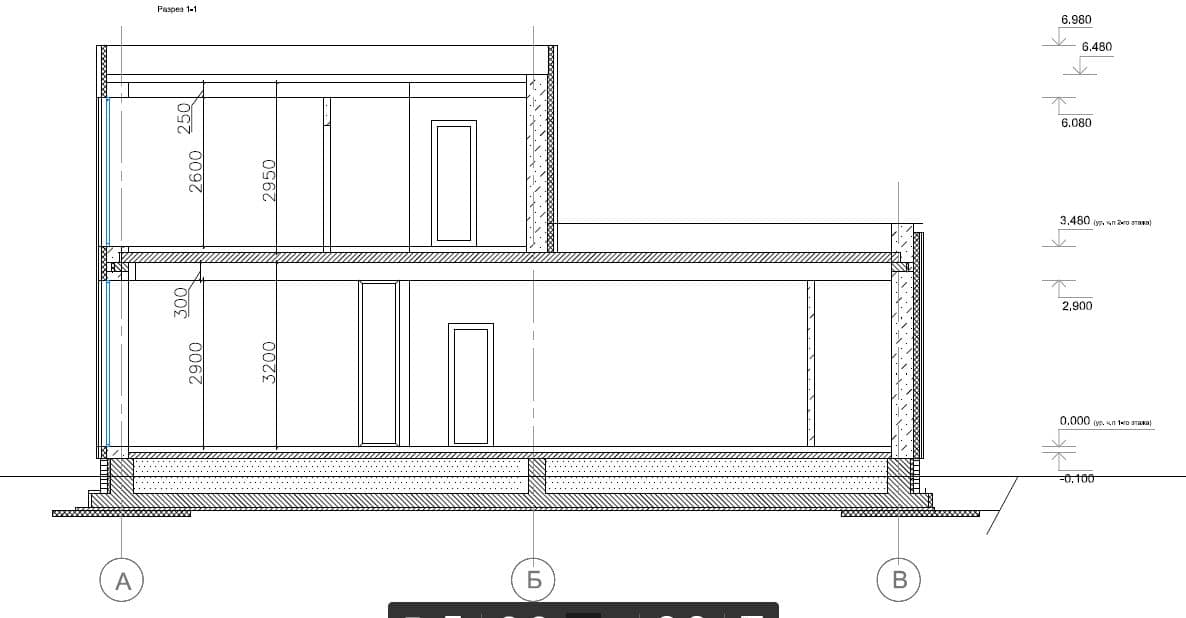 Step 2.Choosing designers If you need to work out some part of the project or redesign it, then you can turn to freelancers for this. For example, just select radiators and draw their placement. And for other issues, you should contact companies that are engaged in a comprehensive range of work, that is, the architectural component, and heating, and ventilation, and water treatment. Any serious trading organization, as a rule, has a certain list of designers (or architectural design bureaus) with whom it cooperates on an ongoing basis. Alexey Markovets, Hogart: - It is better to focus on this list. Why? It's simple - sellers will not offer you a bad designer, since it is not profitable for them. There is a risk of losing a client in this case. So do not be shy - ask questions about the companies with which the suppliers of your heating equipment cooperate. www.hogart.ru
Step 2.Choosing designers If you need to work out some part of the project or redesign it, then you can turn to freelancers for this. For example, just select radiators and draw their placement. And for other issues, you should contact companies that are engaged in a comprehensive range of work, that is, the architectural component, and heating, and ventilation, and water treatment. Any serious trading organization, as a rule, has a certain list of designers (or architectural design bureaus) with whom it cooperates on an ongoing basis. Alexey Markovets, Hogart: - It is better to focus on this list. Why? It's simple - sellers will not offer you a bad designer, since it is not profitable for them. There is a risk of losing a client in this case. So do not be shy - ask questions about the companies with which the suppliers of your heating equipment cooperate. www.hogart.ru There is another option, the most large-scale andthe least common is design organizations working together with builders. This is very convenient for the user, since one company can both make a project and calculate an estimate. As for installers with extensive practical experience, they can design and select equipment, but agreements with them must be secured in the form of a draft design or an agreed plan, which must be referred to in case of problems. The design of the house considered below was prepared by architect Sergei Timofeev.
There is another option, the most large-scale andthe least common is design organizations working together with builders. This is very convenient for the user, since one company can both make a project and calculate an estimate. As for installers with extensive practical experience, they can design and select equipment, but agreements with them must be secured in the form of a draft design or an agreed plan, which must be referred to in case of problems. The design of the house considered below was prepared by architect Sergei Timofeev.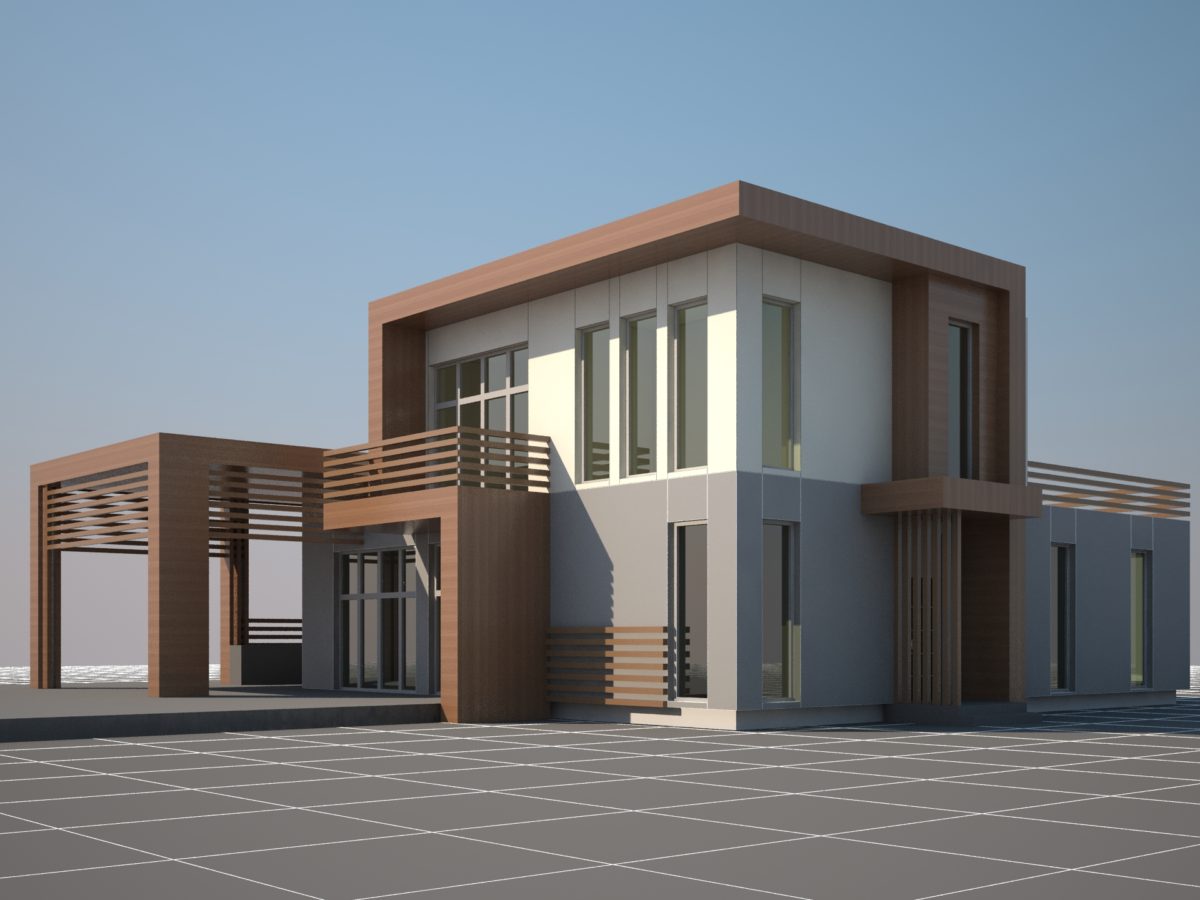 Step 3.Understand the types of systems To make a competent and reasoned choice, it is necessary to understand what heating systems are currently on the market, what their advantages and disadvantages are. The easiest way to start is with heat sources and the types of fuel that they use.
Step 3.Understand the types of systems To make a competent and reasoned choice, it is necessary to understand what heating systems are currently on the market, what their advantages and disadvantages are. The easiest way to start is with heat sources and the types of fuel that they use.
- Solid fuel equipment
This piece of heating equipment is goodis known to all of us from the Russian stoves from our grandparents' houses. Of course, they look different now - it is a steel stove that is integrated into a wall portal or simply stands as an independent product. The operating principle itself has survived to this day almost unchanged - we supply firewood and air, light it, heat it, add something. But the design of heating devices has made great strides forward. One of the main advantages is independence fromgas, so such boilers are usually chosen as backup. It is also possible to note the simple design and ease of installation, and they are used when there is no desire to install a separate burner. Alexey Markovets, Hogarth: - Solid fuel equipment can be conditionally divided into decorative and practical. The first is fireplaces, the main function of which is beauty. The second is various boilers that can run on wood, pellets, wood chips. I would recommend systems with automatic fuel supply, so that you do not need to go and add fuel to the firebox. In this case, the main question will be where to install the pellet bunker - this requires free space.
One of the main advantages is independence fromgas, so such boilers are usually chosen as backup. It is also possible to note the simple design and ease of installation, and they are used when there is no desire to install a separate burner. Alexey Markovets, Hogarth: - Solid fuel equipment can be conditionally divided into decorative and practical. The first is fireplaces, the main function of which is beauty. The second is various boilers that can run on wood, pellets, wood chips. I would recommend systems with automatic fuel supply, so that you do not need to go and add fuel to the firebox. In this case, the main question will be where to install the pellet bunker - this requires free space.
- Gas heaters
The most widespread speciesequipment, is used in 80 percent of cases. The market is saturated with this type of heating systems, there is always something to choose from. It is convenient that there is no need to constantly add fuel, it is enough to simply turn on the gas boiler - and you can not even think about it. Of the disadvantages, it is worth noting the fact that this equipment is energy-dependent, electricity and periodic maintenance are required. Alexey Markovets, Hogarth: - In terms of price, main gas is the most preferable as a fuel source. In terms of ease of use, it is also probably the best option. In this case, the main condition is that your site has a gas pipe. The rest is a matter of technology.
- Electric heating systems
Electric as well as solid fuel systemsheating, are used for backup and — very rarely — for independent energy supply (since it is expensive). But in cases where there is no gas or it is known that there will be no gas for some months/years, an electric boiler will be the right choice for heating small areas. Pros: no gas needed, easy installation (hydraulic part is very similar to a gas boiler), no chimney, easy to operate.
- Heliosystems
This is the most underdeveloped type at present.energy supply, but very promising. Initially, long before the advent of modern panels, the sun was actively used for heating in the southern regions. People put black-painted tanks on their roofs, and they heated up until the evening. Today, the process has reached a new level, advanced systems are used, which cannot yet become the main source of heat. Only for additional heating or maintaining the temperature in the heating system. But in transition periods, they can be used as an independent source of energy, and free of charge. Plus - independence from gas supply.
- Mixed heating systems
More and more often we come across objects in whichthis type of system is used. They are actively developed by all manufacturers of solid fuel and gas equipment. The specificity is that this is a complex of all the systems described above. Gas heating devices or a solar system can be put in first place, and if the need arises, there will be an opportunity to choose in favor of one or another equipment. Step 4. Selecting the right heating system A mixed heating system was decided to use in the project. In reality, this is gas equipment with the ability to connect a solar collector in the future, which will provide not only an additional influx of energy, but will also allow you to save energy significantly on sunny days. This option is also much more environmentally friendly. Do not forget about redundancy - independence from possible breakdowns or shutdowns. Now among installation and design organizations, the most popular solution is to use several boilers for one heating system in order to distribute the load and increase the resource of each. Step 5.Heating installation Since we are describing the entire selection and installation process using one specific project as an example, it would be logical to continue describing the work process. The first thing to determine is the object that needs to be heated. That is, it is necessary to identify the main areas that require heat. These can be living quarters, as well as usually unheated corridors, winter gardens or a garage. Alexey Markovets, Hogarth: - In the project under consideration, there are 2 floors, and both tiers need to be heated. The amount of heat that needs to be generated by my boiler depends on two main factors - the size of the house and the materials of the walls. The more thermally insulated the walls are, the less heat will be required to heat the entire area. The materials of the floor, ceiling and windows must also be taken into account when insulating. The number of double-glazed windows directly affects the leakage coefficient. www.hogart.ru
Step 5.Heating installation Since we are describing the entire selection and installation process using one specific project as an example, it would be logical to continue describing the work process. The first thing to determine is the object that needs to be heated. That is, it is necessary to identify the main areas that require heat. These can be living quarters, as well as usually unheated corridors, winter gardens or a garage. Alexey Markovets, Hogarth: - In the project under consideration, there are 2 floors, and both tiers need to be heated. The amount of heat that needs to be generated by my boiler depends on two main factors - the size of the house and the materials of the walls. The more thermally insulated the walls are, the less heat will be required to heat the entire area. The materials of the floor, ceiling and windows must also be taken into account when insulating. The number of double-glazed windows directly affects the leakage coefficient. www.hogart.ru The goal is to minimize heat loss throughWindows, walls, floor and ceiling, and then the amount of heat required to heat the house will be minimal. The house is a monolithic frame structure, the walls are made of foam blocks and additionally insulated with mineral wool. The ceiling is a solid concrete slab, which can also be insulated (for example, with penoplex). A "warm floor" system is also provided. There are many windows, some from floor to ceiling, so heat loss will be high. Alexey Markovets, Hogarth: - A radiator in a house is usually placed under a window opening. In our case, the windows are full-length, so it will not be possible to place radiators under them. The project uses underfloor convectors. In fact, this is the same radiator that is built into the floor so as not to take up space outside, and with an upward flow cuts off the air flows coming from the window and located in the room. Thus, the heat outflow is cut off, and the room remains warm. There are also regular rooms in the house, so steel panel radiators are used there. As for warm floors, they can now be used to heat houses or left as a backup heating source. In our project, they are installed in the kitchen, combining heating with in-floor convectors and a "warm floor" system. And this is the first branch of the load on the entire heating structure of the house.
The goal is to minimize heat loss throughWindows, walls, floor and ceiling, and then the amount of heat required to heat the house will be minimal. The house is a monolithic frame structure, the walls are made of foam blocks and additionally insulated with mineral wool. The ceiling is a solid concrete slab, which can also be insulated (for example, with penoplex). A "warm floor" system is also provided. There are many windows, some from floor to ceiling, so heat loss will be high. Alexey Markovets, Hogarth: - A radiator in a house is usually placed under a window opening. In our case, the windows are full-length, so it will not be possible to place radiators under them. The project uses underfloor convectors. In fact, this is the same radiator that is built into the floor so as not to take up space outside, and with an upward flow cuts off the air flows coming from the window and located in the room. Thus, the heat outflow is cut off, and the room remains warm. There are also regular rooms in the house, so steel panel radiators are used there. As for warm floors, they can now be used to heat houses or left as a backup heating source. In our project, they are installed in the kitchen, combining heating with in-floor convectors and a "warm floor" system. And this is the first branch of the load on the entire heating structure of the house.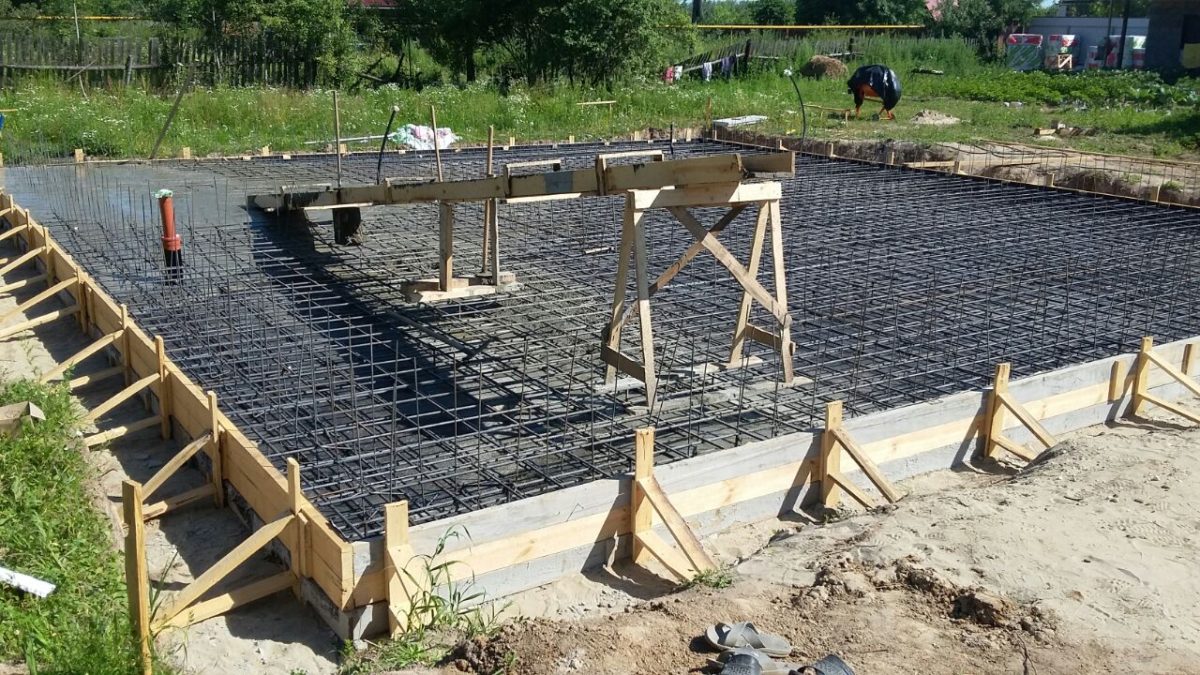 Step 6.Hot water preparation This is also directly related to heating. Water must be heated. In our project, it is taken from a well located on the site and fed to the mixers, passing through the boiler. The most common option is to use an indirect heating boiler. The principle of operation is as follows: the coolant from the heating system is fed through a special valve to the boiler and heats the water in it to the desired temperature (usually 60-70 ° C), after which it is distributed to the points of consumption. This is a comfortable, stable and convenient option, which is much easier to maintain compared to a secondary plate heat exchanger. In addition, the boiler always has a supply of hot water, which insures against temperature changes. Alexey Markovets, Hogarth: - There are options using a secondary plate heat exchanger, in which the flows of hot and cold water circulating in the system meet, changing each other's temperature. If there are few consumption points, then such a simple option will be cheaper. But there is also a downside - this system is more susceptible to temperature fluctuations, that is, due to its design features, it is more difficult for it to withstand the temperature of the hot water supply. It is also more sensitive to the formation of scale and requires regular cleaning, which cannot be said about an indirect heating boiler.
Step 6.Hot water preparation This is also directly related to heating. Water must be heated. In our project, it is taken from a well located on the site and fed to the mixers, passing through the boiler. The most common option is to use an indirect heating boiler. The principle of operation is as follows: the coolant from the heating system is fed through a special valve to the boiler and heats the water in it to the desired temperature (usually 60-70 ° C), after which it is distributed to the points of consumption. This is a comfortable, stable and convenient option, which is much easier to maintain compared to a secondary plate heat exchanger. In addition, the boiler always has a supply of hot water, which insures against temperature changes. Alexey Markovets, Hogarth: - There are options using a secondary plate heat exchanger, in which the flows of hot and cold water circulating in the system meet, changing each other's temperature. If there are few consumption points, then such a simple option will be cheaper. But there is also a downside - this system is more susceptible to temperature fluctuations, that is, due to its design features, it is more difficult for it to withstand the temperature of the hot water supply. It is also more sensitive to the formation of scale and requires regular cleaning, which cannot be said about an indirect heating boiler. Step 7.Ventilation Ventilation is also integrated into the heating system. This is especially important for large houses, where a window alone is not enough for ventilation. Therefore, a system with forced air supply and exhaust is our choice. Alexey Markovets, Hogart: - Our task when working with the ventilation system is to heat the cold air that comes from the street, so that the room is comfortable. For this, supply and exhaust units with recuperation (heat exchange of outgoing and incoming air) are used. Plus, you can install additional heat exchangers on the air inflow to additionally heat it. Specifically, in this house, a recuperator is planned to be installed. www.hogart.ru Step 8. Water treatment and water disposal Water treatment is also related to heating. Preliminary chemical analysis is extremely important, because if you do not know what is in the water and do not clean it in advance from various harmful inclusions, rusty streaks (caused by the content of iron oxides in the water) or calcium salt deposits (the familiar scale) will form in the equipment and on the plumbing. To avoid such problems, you should take care of the quality of the water. And polypropylene sewer pipes are perfect for draining used water.
Step 7.Ventilation Ventilation is also integrated into the heating system. This is especially important for large houses, where a window alone is not enough for ventilation. Therefore, a system with forced air supply and exhaust is our choice. Alexey Markovets, Hogart: - Our task when working with the ventilation system is to heat the cold air that comes from the street, so that the room is comfortable. For this, supply and exhaust units with recuperation (heat exchange of outgoing and incoming air) are used. Plus, you can install additional heat exchangers on the air inflow to additionally heat it. Specifically, in this house, a recuperator is planned to be installed. www.hogart.ru Step 8. Water treatment and water disposal Water treatment is also related to heating. Preliminary chemical analysis is extremely important, because if you do not know what is in the water and do not clean it in advance from various harmful inclusions, rusty streaks (caused by the content of iron oxides in the water) or calcium salt deposits (the familiar scale) will form in the equipment and on the plumbing. To avoid such problems, you should take care of the quality of the water. And polypropylene sewer pipes are perfect for draining used water.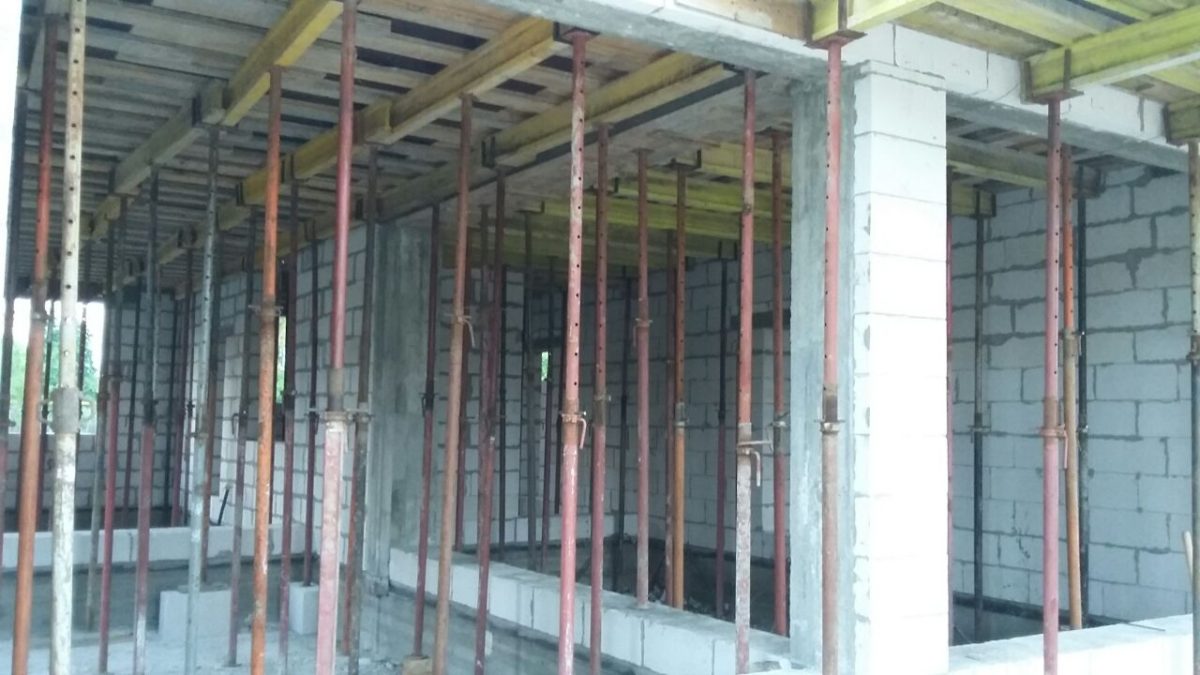 Step 9.Gas supply It is necessary to select equipment with the highest efficiency. In our house project, there is a gas condensing boiler with a boiler and a solar collector. The collector is good because it allows you to heat water using solar energy. Therefore, we will design the system so that in the future there will be the possibility of connecting it.
Step 9.Gas supply It is necessary to select equipment with the highest efficiency. In our house project, there is a gas condensing boiler with a boiler and a solar collector. The collector is good because it allows you to heat water using solar energy. Therefore, we will design the system so that in the future there will be the possibility of connecting it.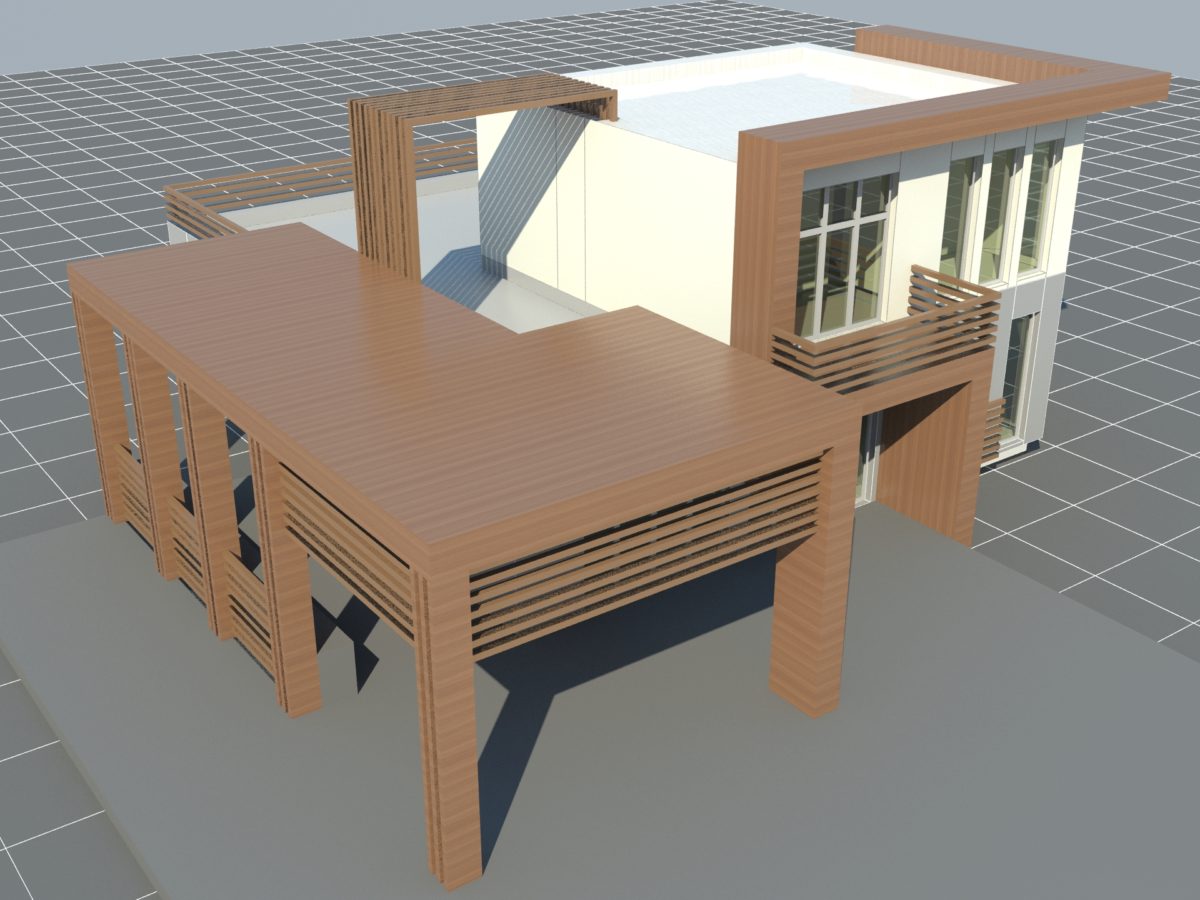 By carefully working through these nine steps, you canno longer worry about anything when building your own home. At least with the heating and all the associated systems everything will be in order, they will serve properly, for a long time and as efficiently as possible.
By carefully working through these nine steps, you canno longer worry about anything when building your own home. At least with the heating and all the associated systems everything will be in order, they will serve properly, for a long time and as efficiently as possible.